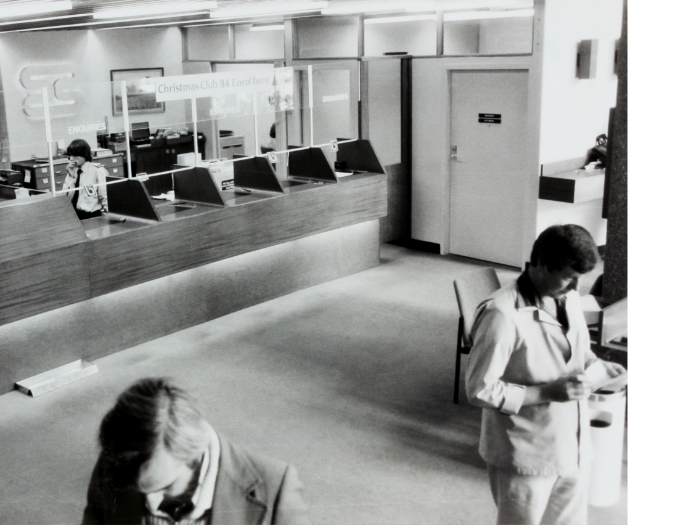



 Retail
Retail
Leverage analytics to enhance your user experience and journey within your store. By applying retail and consumer goods analytics, you can collect data from different points across multiple channels and get insights into areas you need to improve to establish a streamlined customer journey and optimize your supply chain and retail operations.
Through utilizing technologies like artificial intelligence, you’ll be able to increase your store’s conversion rate, create a personalized shopping experience, and enhance your store and supply chain operations. By using the Internet of Things, you’ll be able to unify your customer experiences across your Omni-channels and provide a relevant, real-time, engaging experience. Through Cloud Computing, you as the business owner will have a full range of cloud offerings and deployment features to experience the same agility your customers have.

Offer your customers a personalized, in-demand
assortment
of products using merchandise and assortment
planning to
increase your inventory conversion rates.
By using merchandise and assortment planning, you'll
be
able to:
Getting the right customer insights could be what
makes
or breaks your business. Using the insights to
improve
your user experience by creating an engaging,
relevant,
and smooth experience will also increase your
store's
conversion rate and customer satisfaction.
By using customer insight analytics, you'll be able
to:
Avoid facing high product demand and low stock in
your
inventory. With demand planning analytics, you'll be
able to forecast your product demand and keep your
products efficiently stocked while avoiding
stock-outs
to ensure that your store is continuously
profitable.
By using demand planning analytics, you'll be able
to:
Leverage analytics to have highly profitable
inventory
turnovers with minimum markdowns while catering to
your
customers' needs on time in every store location
simultaneously.
By using inventory price optimization analytics,
you'll
be able to:
Use forecasting analytics to create end-to-end supply
chain scenario plans across organizational silos to
enhance production plans, supplier collaboration,
and
freight logistics.
By using supply chain analytics, you'll be able to:
